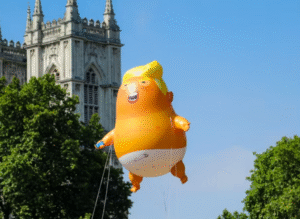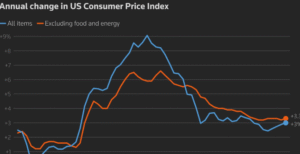$GLD $BTC $SLV
#Gold #PreciousMetals #Investors #MonetaryPolicy #CentralBanks #PoliticalTensions #SafeHaven #USFed #InflationHedge #GlobalMarkets #RateCuts #Commodities
Gold prices remained steady at approximately $2,635 per ounce, reflecting a cautious market mood as investors assessed the broader impact of rising political tensions in South Korea and France. These events have reinforced gold’s status as a safe-haven asset amid geopolitical instability. Despite pulling back from October’s record highs—a nearly 5% decline—gold has shown remarkable resilience this year, with a year-to-date gain of 28%. This performance has been driven by a combination of supportive macroeconomic trends, including accommodative US monetary policy and the robust pace of central bank purchases, as sovereign institutions worldwide continue to hedge against the volatility of fiat currencies.
One of the central themes propping up gold’s rally has been expectations surrounding Federal Reserve monetary stance adjustments. With the Fed widely anticipated to implement a 25-basis-point rate cut in December, traders are weighing the implications for gold as lower interest rates typically reduce the opportunity cost of holding non-yielding assets like bullion. However, the upcoming release of US jobs data could introduce volatility. A stronger-than-expected labor market report might temper expectations of monetary easing, creating headwinds for gold. Conversely, weak employment numbers could reinforce bets on dovish Fed action, bolstering the metal’s near-term outlook.
Central bank demand has also played a significant role in gold’s surge throughout 2023. Data from the World Gold Council indicates that sovereign purchases are on track to surpass last year’s record highs, with emerging markets like China, Turkey, and India leading the buying spree. This trend reflects not only efforts to diversify reserves but also a strategic pivot to minimize exposure to the US dollar. Market analysts suggest that this consistent demand may cushion gold prices, even amid fluctuations driven by speculative trading and rapid shifts in investor sentiment due to external shocks such as political unrest or economic data surprises.
Looking ahead, broader macroeconomic themes will continue to shape the trajectory of gold. Persistent inflationary concerns in developed markets, coupled with uncertainty surrounding global growth and political instability, serve to highlight bullion’s role as a hedge against risk. Additionally, the strengthening of correlated assets such as silver ($SLV) and the potential for digital assets like Bitcoin ($BTC) to emerge as complementary hedges could diversify investor exposure to safe-haven alternatives. However, the interplay between short-term triggers, such as US jobs data and Federal Reserve rate decisions, and long-term structural shifts like de-dollarization make gold’s price outlook intricately tied to both immediate events and overarching market dynamics. The precious metal thus remains a centerpiece for traders and institutions navigating today’s volatile financial landscape.










Comments are closed.